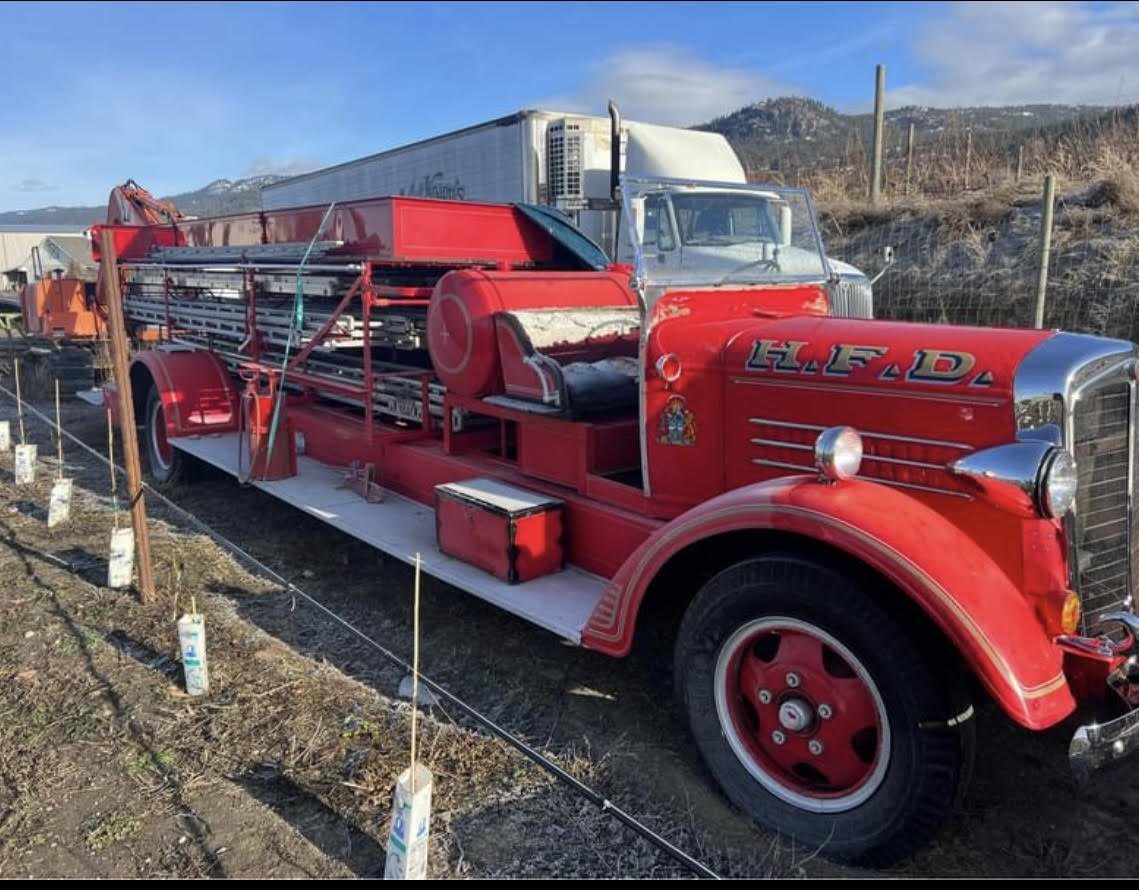The Naming of Forsyth Street
/
For many years, the residents of Marmora could boast that they had one of the most beautiful avenues in the County. Around the turn of the century, Forsyth Street was known as "Lovers' Lane". Both sides were lined with stately elm and maple. The houses were fronted by wide porches. Along the board sidewa1k ran numerous white picket fences. Forsyth Street was the principal street in town and its sidewalk continued uninterrupted right across the road which is now Highway Seven
Forsyth Street was named for James Bell Forsyth, born in 1802 at Kingston. His uncles were partners in the famous commercial firm of Forsyth, Richardson and Company. The firm traded on both sides of the Atlantic, and in both Upper and Lower Canada. The heart of the business was in the old quarter of Quebec City.
In 1828, Forsyth married the second daughter of Matthew Bell, the businessman who operated the historic Saint-Maurice Ironworks at Trois Rivieres. That started an interest with iron manufacturing that 1ead to him owning a great share of the Marmora Ironworks, and with it, a 1arge part of the Vi11age.
Forsyth became a principal of the Marmora Foundry Company. Incorporated in 1831, the Marmora Foundry Company was inspired by a prospective market for military and naval supplies and the government's plan to make the market for iron ore wares more accessible. His associates, Edward Bursthall, Peter McGill and W.A. Matthews (Mayor of Sheffield & Master cutler) also gave their names to Village streets.
W.A. Matthews
Forsyth's enterprises ranged from furs to tea importation, from sailing vessels to steamships, but his greatest love was the development of railways. Among numerous rail lines he helped establish and direct were the Quebec and St. Andrews Railway (1850), the Quebec and Richmond Railway (1850) and the Grand Trunk Railway (1852). Despite his best efforts, he, Like his predecessors, was unable to build the rail link to Marmora which would surely have made it prosper.
Forsyth is described as having been a "stern and self-possessed" man, portly and balding. He bought himself the best. Boats and furniture from London and hogsheads of Madeira wine. He travelled widely and wrote a journal called rather whimsically, "A few months in the East, or a glimpse of the Red, the Dead, and the Black Seas". For all his talents, he, like all his predecessors, seems to have lost a substantial sum trying to operate the Marmora Ironworks.
John Bursthall, nephew of Edward Bursthall


































